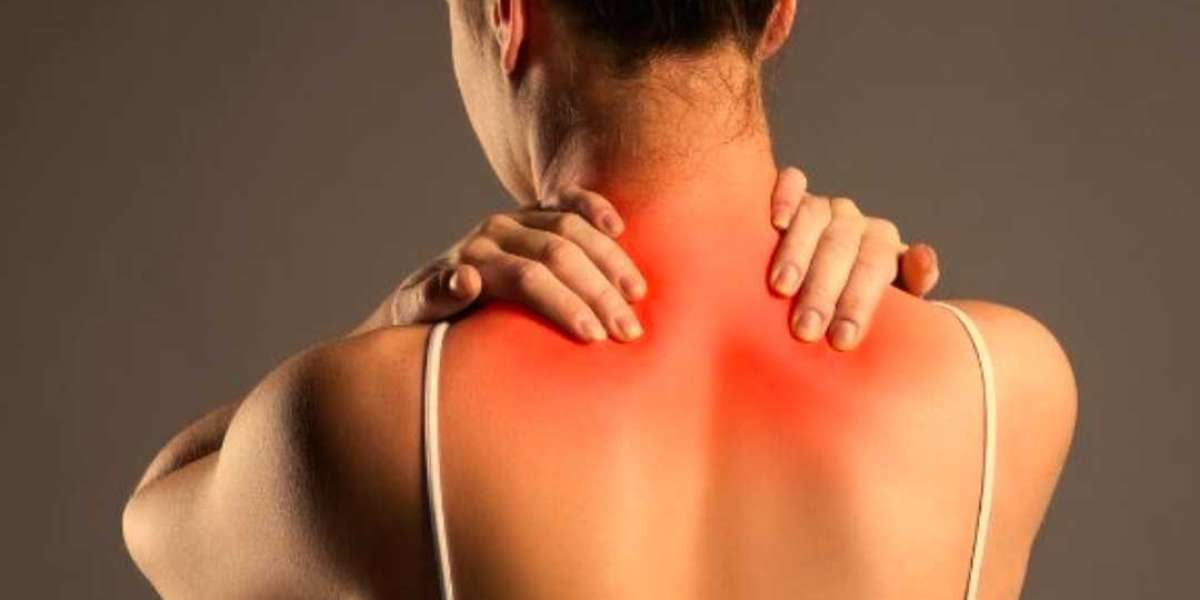Joint pain is a common ailment that affects millions of people, impacting their daily lives and overall well-being. Whether caused by arthritis, injury, or other conditions, joint pain can be debilitating. This article provides a comprehensive guide on managing and alleviating joint pain with effective strategies, treatments, and lifestyle changes. Let's explore what you can do to ease joint pain and improve your quality of life.
Understanding Joint Pain
Joint pain can stem from various causes, including inflammation, wear and tear, and injuries. Common symptoms include swelling, stiffness, and a reduced range of motion. It's crucial to understand the underlying cause of your joint pain to find the most appropriate treatment.
Common Causes of Joint Pain
- Arthritis: The most common cause of joint pain, including osteoarthritis and rheumatoid arthritis.
- Injuries: Sprains, strains, and fractures can lead to temporary or chronic joint pain.
- Tendinitis: Inflammation of the tendons, often due to overuse.
- Bursitis: Inflammation of the bursae, the fluid-filled sacs that cushion the joints.
- Gout: A type of arthritis caused by the buildup of uric acid crystals in the joints.
Effective Strategies for Managing Joint Pain
Managing joint pain involves a combination of treatments and lifestyle adjustments. Here are some effective strategies to help you find relief.
1. Medications
Over-the-counter pain relievers such as ibuprofen or acetaminophen can help reduce pain and inflammation. For more severe pain, your doctor may prescribe stronger medications, including nonsteroidal anti-inflammatory drugs (NSAIDs) or corticosteroids.
2. Physical Therapy
Physical therapy is a cornerstone in the treatment of joint pain. A physical therapist can design a personalized exercise program to strengthen the muscles around your joints, improve flexibility, and reduce pain. Techniques may include stretching, strengthening exercises, and low-impact aerobic activities.
3. Exercise and Weight Management
Regular exercise is essential for maintaining joint function and reducing pain. Low-impact activities like swimming, walking, and cycling are excellent choices. Additionally, maintaining a healthy weight reduces stress on your joints, particularly the knees and hips.
4. Hot and Cold Therapy
Applying heat or cold to the affected joints can provide significant relief. Heat helps relax muscles and increase blood flow, while cold therapy reduces inflammation and numbs the pain. Alternating between heat and cold can also be beneficial.
5. Diet and Nutrition
A balanced diet rich in anti-inflammatory foods can help manage joint pain. Omega-3 fatty acids, found in fish and flaxseed, have anti-inflammatory properties. Additionally, consuming plenty of fruits, vegetables, and whole grains supports overall joint health.
6. Supplements
Certain supplements may help alleviate joint pain. Glucosamine and chondroitin are popular choices for osteoarthritis. Omega-3 fatty acids and turmeric supplements also have anti-inflammatory effects. Always consult your doctor before starting any new supplement regimen.
Alternative Treatments
Several alternative treatments can complement traditional methods for managing joint pain. These include:
1. Acupuncture
Acupuncture involves inserting thin needles into specific points on the body to relieve pain and promote healing. It has been shown to reduce joint pain and improve function in some individuals.
2. Massage Therapy
Massage therapy can help reduce muscle tension, improve circulation, and alleviate pain. Regular sessions with a trained massage therapist can enhance joint mobility and overall comfort.
3. Chiropractic Care
Chiropractors use manual manipulation to adjust the spine and joints, aiming to improve alignment and reduce pain. Chiropractic care can be particularly beneficial for joint pain related to misalignment or muscle imbalance.
When to See a Doctor
While many cases of joint pain can be managed with home remedies and lifestyle changes, it's essential to seek medical attention if:
- The pain is severe or persistent.
- You experience swelling, redness, or warmth around the joint.
- The joint appears deformed or you cannot move it.
- You have a fever along with joint pain.
A healthcare professional can diagnose the underlying cause of your joint pain and recommend appropriate treatments.
Preventing Joint Pain
Prevention is always better than cure. Here are some tips to help prevent joint pain:
- Stay Active: Regular exercise keeps your joints flexible and strengthens the muscles around them.
- Maintain a Healthy Weight: Reducing stress on your joints can prevent pain and injury.
- Protect Your Joints: Use proper techniques when lifting objects and avoid repetitive motions that strain your joints.
- Healthy Diet: A diet rich in nutrients supports joint health and reduces inflammation.
Conclusion
Joint pain can significantly impact your quality of life, but there are numerous strategies to manage and alleviate the discomfort. By combining medical treatments, physical therapy, exercise, and lifestyle changes, you can find relief and improve your joint health. At Active Life Physical Medicine Pain Center, we are dedicated to helping you manage your joint pain and enhance your overall well-being.
If you are experiencing joint pain, contact Active Life Physical Medicine Pain Center to learn more about our comprehensive treatment options and personalized care plans. Together, we can work towards a pain-free, active life.








